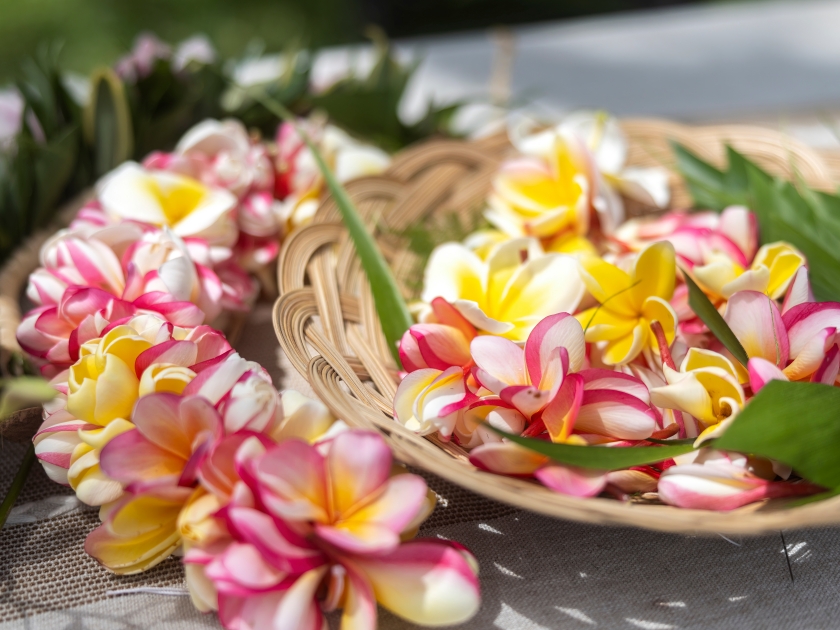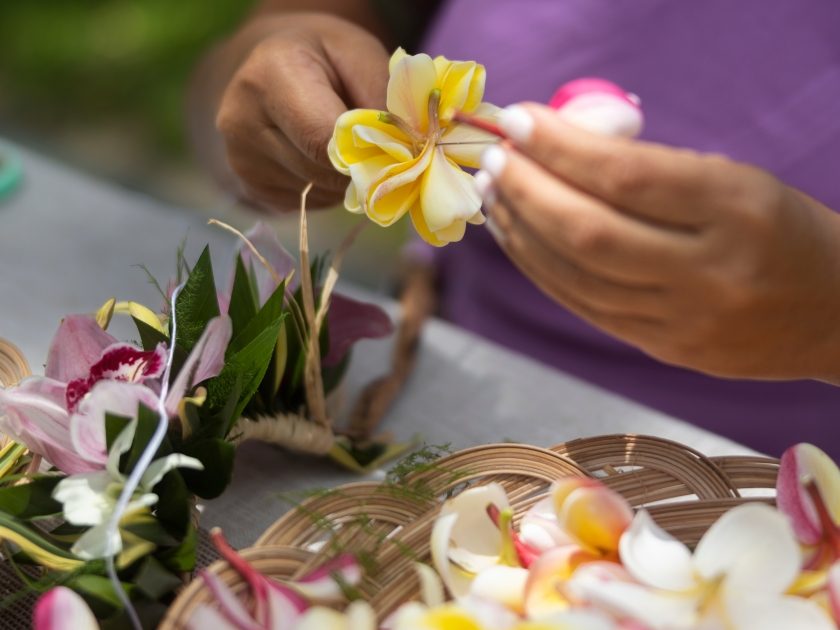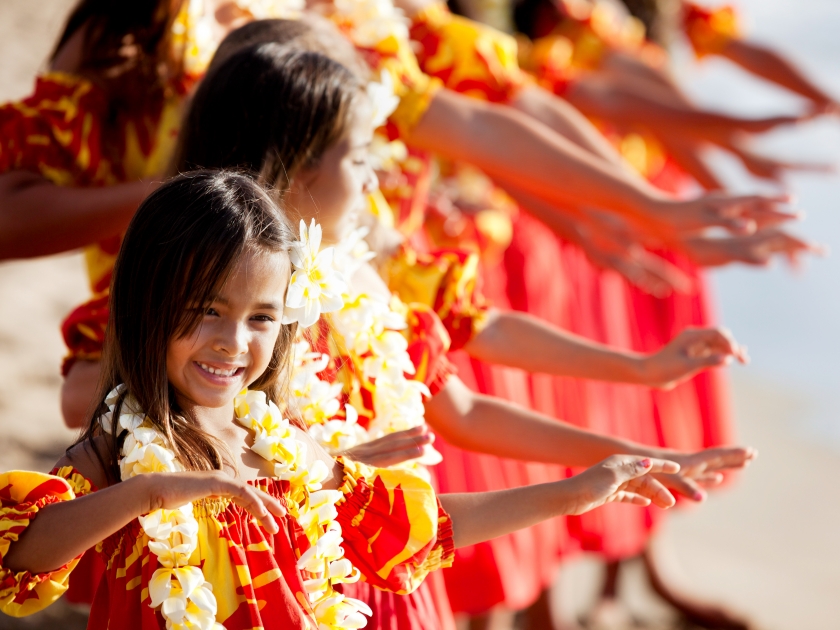The lei, a garland or wreath often made of flowers, leaves, shells, seeds, nuts, or feathers, stands as a quintessential symbol of Hawaiian culture, encapsulating its rich Polynesian heritage and the islands’ vibrant natural beauty. This cherished tradition, deeply woven into the fabric of Hawaiian society, transcends mere adornment to signify love, honor, celebration, and mourning, embodying the Aloha spirit that is central to Hawaiian identity. As it continues to flourish in contemporary Hawaiian society, the lei not only celebrates the islands’ colorful history but also bridges cultures worldwide, making it a revered symbol of cultural connection and understanding.
The Origins of Lei Making in Hawaii

Lei-making in Hawaii is a tradition with deep Polynesian roots, tracing back to the early settlers who brought their lei-making practices to the Hawaiian Islands. These early Hawaiians crafted lies not only as part of their daily wear but also as a means of expressing their connection to nature and each other. Over time, the art of lei-making evolved, incorporating materials available on the islands and adapting to the changing Hawaiian landscape and society. This transformation reflects the broader cultural history of Hawaii, showcasing the adaptability and resilience of its people and their traditions.
The Cultural Significance of Lei in Hawaiian Society
In Hawaiian society, the lei is much more than a decorative garland; it is a powerful symbol of the Aloha spirit, embodying love, honor, respect, and the interconnectedness of life. Its significance is most palpable during life’s significant milestones—births, graduations, weddings, and funerals—when leis are exchanged as tokens of deep emotional bonds and well-wishes. This tradition underscores the Hawaiian values of community, connection, and the perpetual cycle of life and death, marking the lei as an essential emblem of Hawaiian culture and symbolism.
The Art and Craftsmanship of Lei Making

The art of lei-making is a testament to the creativity and craftsmanship of the Hawaiian people, blending tradition with innovation. This craft involves various techniques, from the simple stringing of flowers to the intricate weaving of leaves, seeds, and shells, each type of lei bearing its unique meaning and significance. The annual celebration of Lei Day highlights the cultural importance of this tradition, showcasing the skill, dedication, and community spirit involved in Lei making and serving as a reminder of the need to preserve these age-old practices.
The Evolution of Lei in Modern Hawaiian Culture and Beyond
Lei-making has seamlessly integrated into modern Hawaiian culture while also capturing the hearts of people around the world. Its role in contemporary ceremonies, tourism, and global cultural exchanges illustrates the dynamic nature of this tradition. However, this global popularity has led to the commercialization of lei-making, raising concerns about the preservation of its cultural integrity and authenticity. Despite these challenges, the lei remains a potent symbol of Hawaiian identity and the universal values of love and unity, illustrating the evolving relationship between tradition and modernity.
Preserving the Tradition: Lei in Contemporary Hawaiian Society

As the world changes, the Hawaiian community is deeply committed to preserving the lei-making tradition, recognizing it as a cornerstone of cultural identity and heritage. Through educational initiatives and community programs, Hawaiians of all ages are encouraged to learn and participate in learning, ensuring the knowledge and skills are passed down through generations. This collective effort not only safeguards the tradition but also reinforces the cultural values it represents, ensuring that lei-making continues to be a vibrant and meaningful part of Hawaiian society and its future.
Lei Tradition Invites not only Admiration but Active Participation!
The lei’s journey through Hawaiian history is a vibrant testament to its enduring legacy and evolving significance within the island’s culture. As a symbol of love, unity, and the Aloha spirit, the lei encapsulates the essence of Hawaiian heritage and its seamless integration into the fabric of modern life. By delving deeper into Hawaiian culture and engaging in lei-making workshops, individuals can experience the profound connection and cultural wisdom embedded in the art of lei-making. Such participation not only enriches personal understanding but also supports the preservation and celebration of this cherished tradition, ensuring its continued relevance and vitality in the heart of Hawaiian society and beyond.




